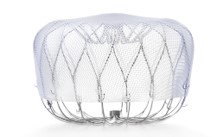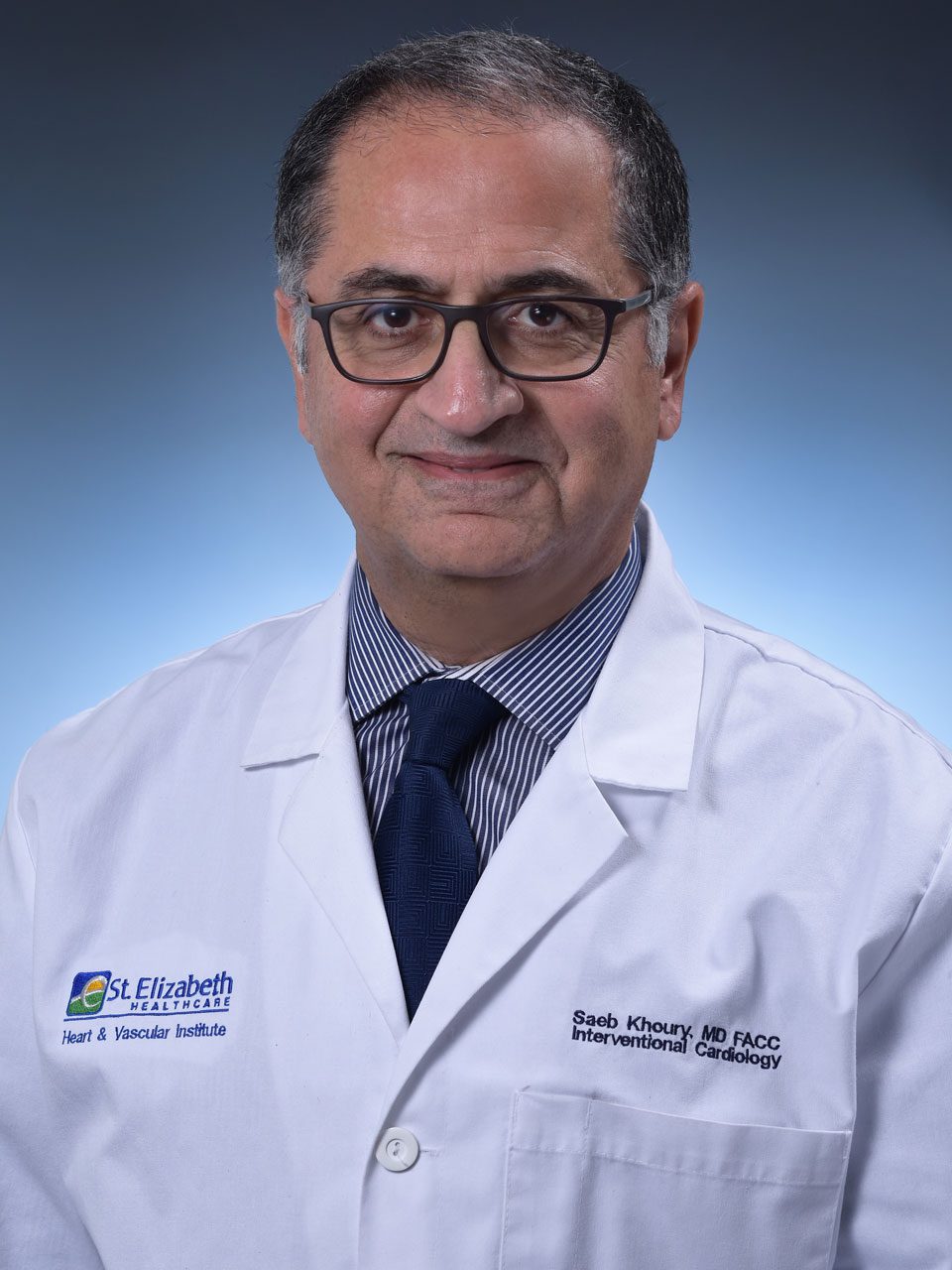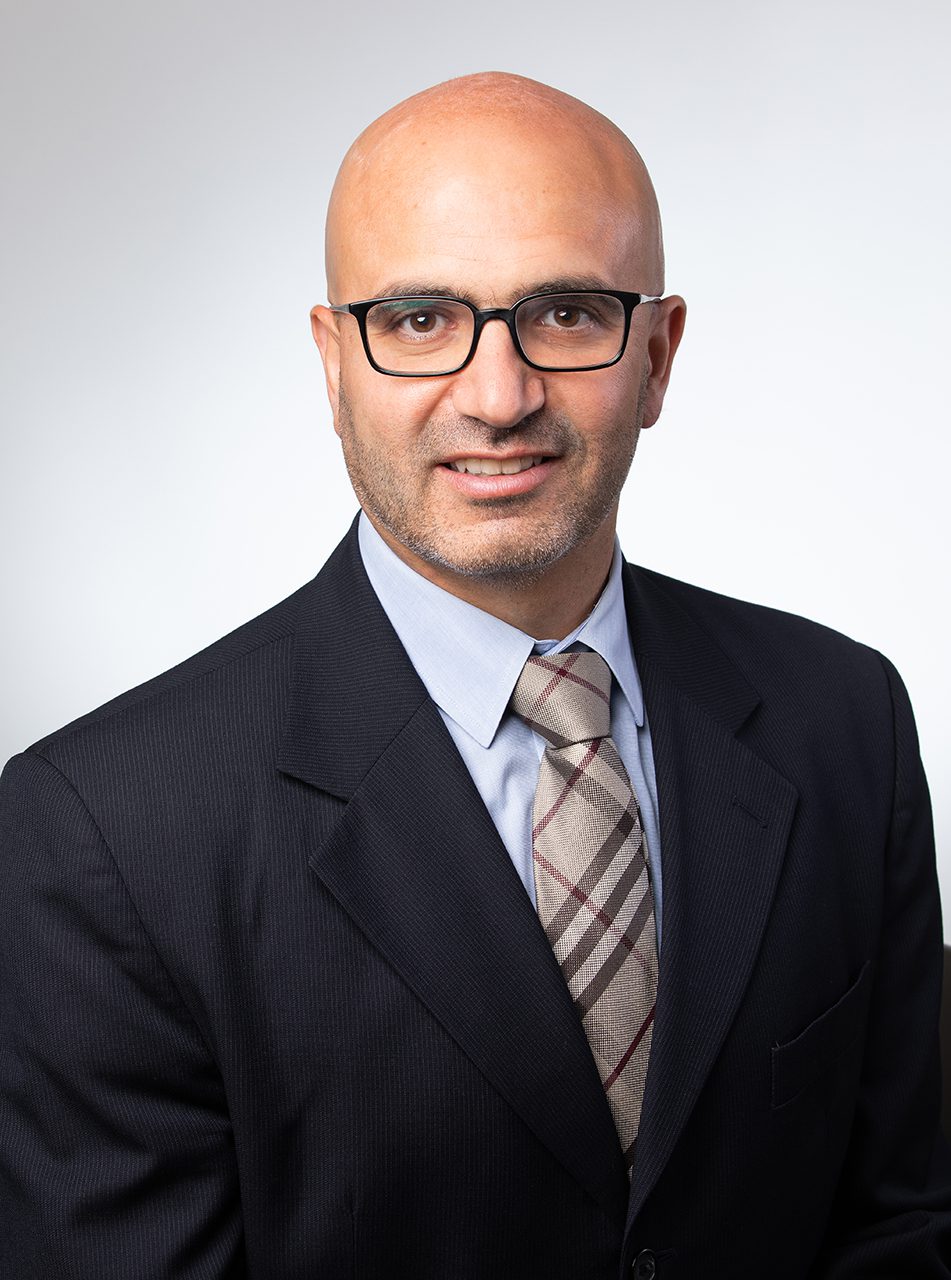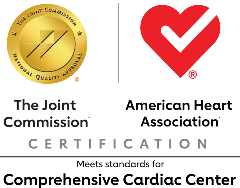Watchman Device
Watchman Device Helps Prevent AFib-Related Stroke
Atrial fibrillation (AFib) is the most common cardiac arrhythmia (irregular heartbeat), affecting more than five million Americans. If you have AFib, your chances of having a stroke significantly increase.
The most common treatment for reducing your risk of stroke is blood-thinning therapy —Warfarin, Coumadin, Pradaxa, Xarelto, Eliquis. Unfortunately, not all patients can tolerate those drug therapies long-term.
Patients with AFib that is not caused by a heart valve problem who cannot tolerate long-term drug therapy may benefit from a procedure that blocks the source of blood clots that can cause strokes. The procedure is called left atrial appendage occlusion and it uses the Watchman device. The left atrial appendage is a small sac in the left atrium of the heart where blood can pool and clot, then break loose to cause a stroke. The Watchman device is a safe, effective way to close that sac so blood cannot pool and clot.
The Electrophysiologists and Interventional Cardiologists at the Florence Wormald Heart & Vascular Institute at St. Elizabeth perform this minimally invasive procedure in the Electrophysiology Lab at St. Elizabeth Edgewood.
What is a Watchman Device?
The Watchman device is a small, fabric-covered device permanently placed in the opening of the left atrial appendage in the left atrium of your heart. The device is designed to permanently close off the left atrial appendage, the source of a majority of stroke-causing blood clots.
Implanting the Watchman device is a one-time procedure that usually lasts about an hour and is conducted with general anesthesia. The Watchman device is implanted through a small incision at the top of your leg using a catheter. Following the procedure, patients will need to stay in the hospital for a minimum of 24 hours.
The body takes approximately 45 days to heal and grow a natural lining over the device. After 45 days of healing, most patients can then discontinue the blood-thinners they were previously prescribed to lessen the risk of stroke.
Who should consider a Watchman Device?
The first treatment for anyone with AFib considered at high risk of stroke is the use of blood thinning drugs. The Watchman device is for those who can’t tolerate or are considered unsuitable for long-term drug therapy.
You may not be suited for long-term blood-thinning therapy due to:
- High risk of falls or a history of falling.
- Lifestyle is incompatible with daily blood thinners such as a job with a high risk for cuts or injury.
- Complications from blood-thinning drugs such as gastrointestinal bleeding.
The Watchman device has proven to be a safe an effective alternative to blood-thinning drug therapies.
Nurse Navigators:
A Personal Team Dedicated to You
Our nurse navigators are vital in guiding and supporting you through the health journey. With their specialized knowledge and compassionate approach, nurse navigators offer constant assistance, providing valuable information, coordinating appointments and helping to navigate the healthcare system. They offer emotional support, answer questions and address concerns to ensure you feel empowered and well-informed.
Ask your Nurse Navigator about WatchMan.
Call (859) 301-9563 to learn more.

Melissa Dugan BSN, RN and Diana Gorman BSN, RN
Nurse Navigators










